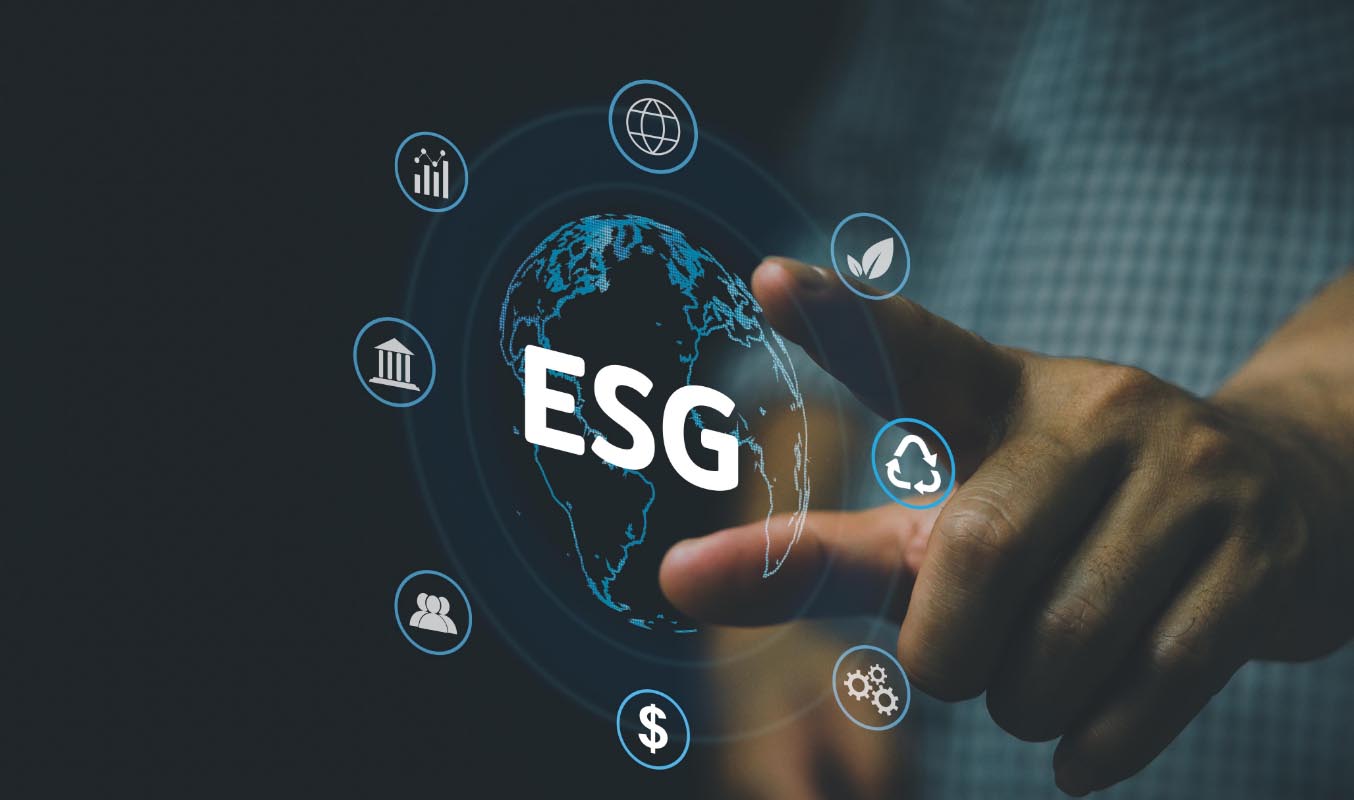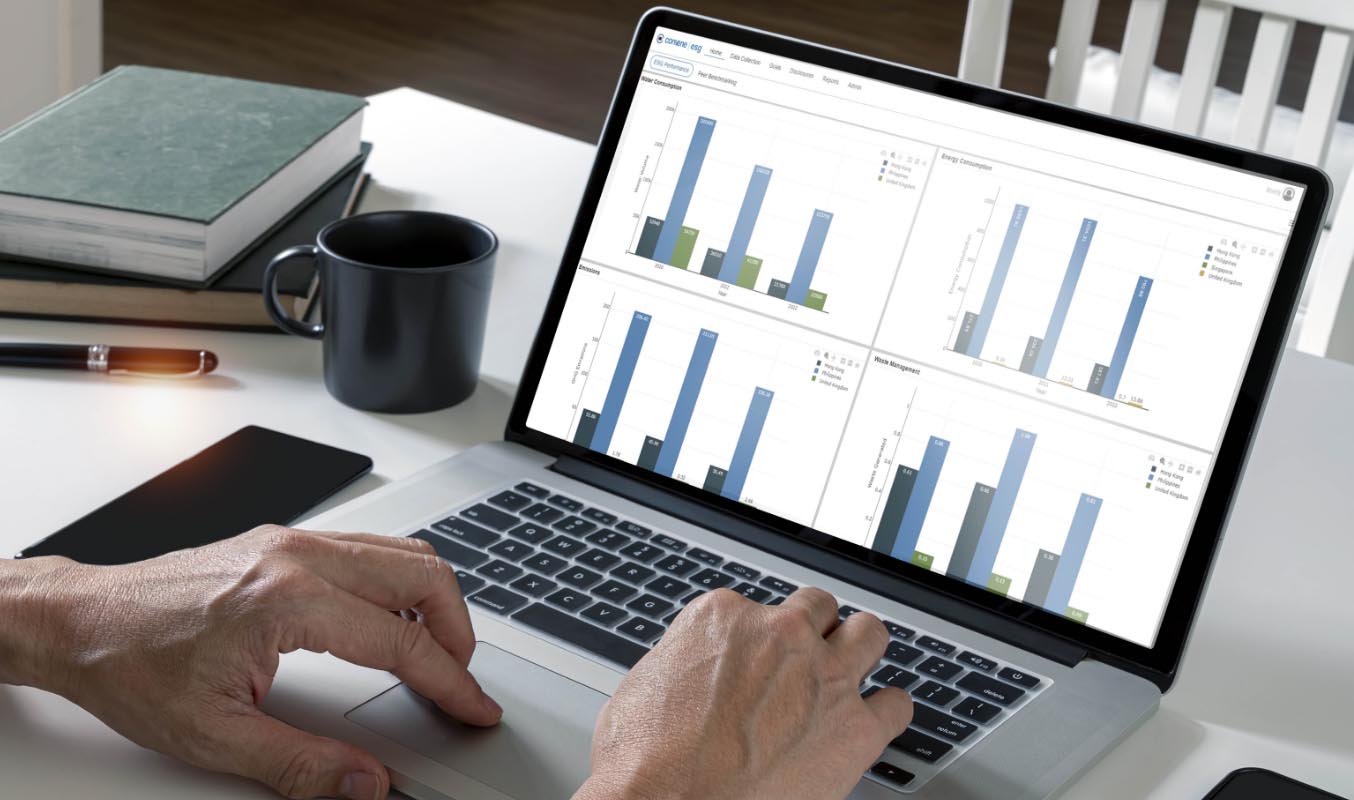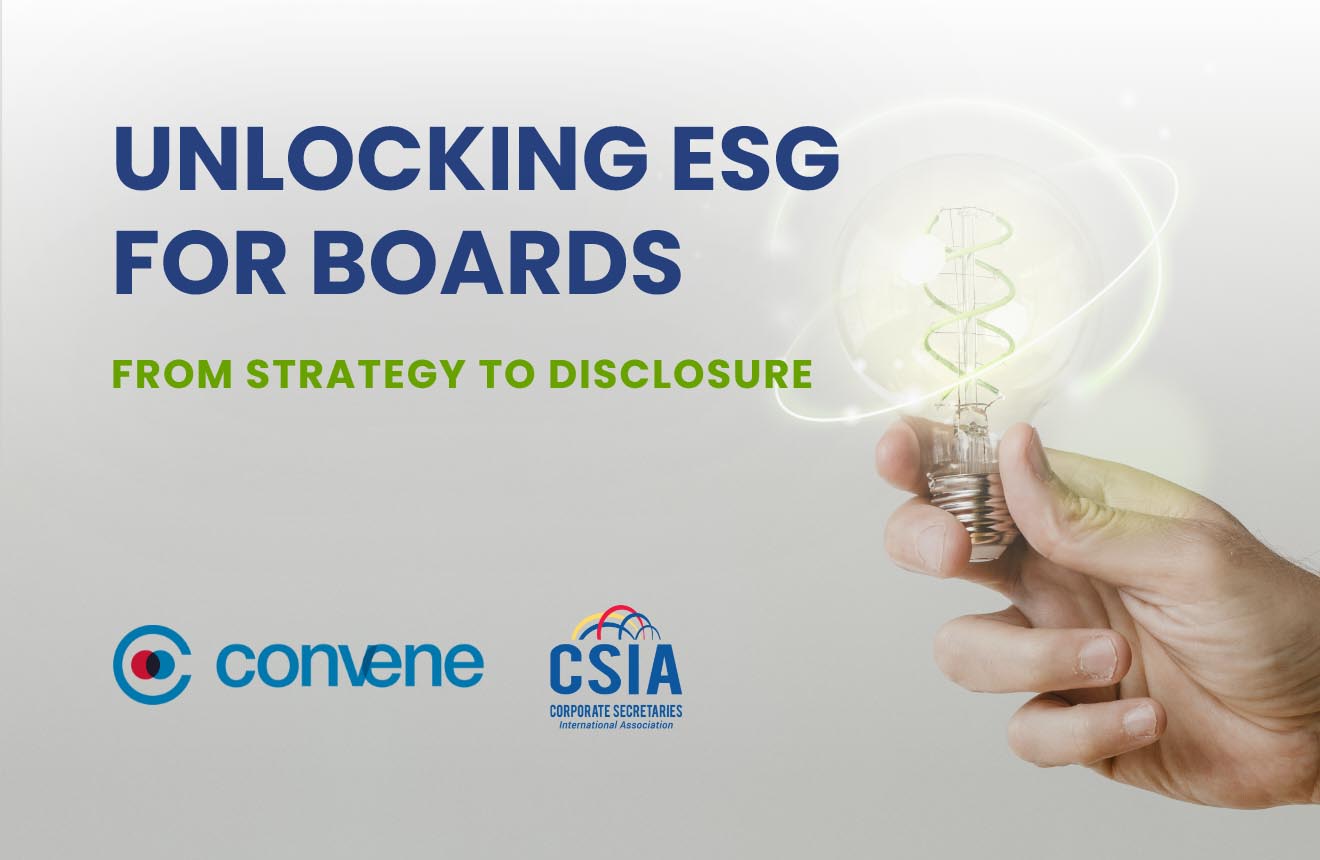In 2020, the Global Sustainable Investment Alliance (GSIA) revealed that sustainable investment strategies reached over $35.3 trillion in global assets, a 15% increase from 2018. The rapid growth of sustainable investment continues in different regions all around the globe, predominantly in markets across the United States, Europe, Australia, Canada, and Japan.
Despite the widespread attention to sustainable investments, enterprises are still plagued by the challenge of collecting and managing ESG data. The 2020 EY Climate Change and Sustainability Services Institutional Investor survey shows that ESG information plays a decisive role in investment decisions, with the majority of surveyed investors devising to create a more strict approach to evaluating nonfinancial performance.
What is ESG data?

Disclosing relevant ESG data is part of the global initiative of making businesses more sustainable, and at the same time, increasing awareness of the contribution of business to climate change. Generally, ESG data exhibits the impact a company has on the environment and its surrounding society or community.
Here’s a quick overview of what factors are under the Environmental, Social, and Governance criteria.
Environment (how sustainable the company is)
- Climate change
- Waste and pollution
- Greenhouse gas emissions
- Resource depletion
- Deforestation
Social (how the company treats its employees, suppliers, and community)
- Employee relations and diversity
- Working conditions
- Conflicts and humanitarian crisis
- Local communities
- Health and safety
Governance (how the company deals with corporate areas such as corruption and bribery)
- Corruption and bribery
- Executive pay
- Board diversity
- Employee pay and reward distribution
- Fair tax strategy
To better help companies with their ESG data, Singapore Exchange Regulation (SGX RegCo) offers a list of 27 Core ESG Metrics to consider for the reports. And as part of its regulatory obligations, SGX also sets baseline reporting standards based on TCFD’s recommendations, including making climate reporting mandatory and requiring material ESG factors.
Deemed as the primary driver of sustainability reporting, enterprises are taking more rigorous methods to consistently and accurately capture financially material data. This is in response to the growing demand from investors fixated on sustainability and seeking long-term value.
More and more investors are taking these factors into account as part of their material risk and growth opportunity assessments. As such, quality ESG data are widely used when making investment actions. It helps investors have a clearer picture of the company, influencing long-term investment decisions.
Ultimately, sustainability information can be used to reveal existing and future financial hazards of an entity, as well as leverage their business practices for growth. Moving forward, however, the taxing chore of collecting ESG data will continue to torment the business industry.
Read on to discover the specific challenges firms encounter when collecting ESG data and how sustainability software can address them.
What are the Challenges with ESG data?
Running any sustainability initiative requires consistent processing and management of the right data. One of the biggest critical concerns for entities today is the lack of standardization of processes for such information. Without sufficient processes for collection, verification, and presentation, stakeholders and potential investors may find it difficult to compare ESG funds and assess sustainability performance.
Furthermore, many companies often neglect the issue of lack of quality in ESG data, which is a major concern of most institutional investors. This, in turn, results in another problem: difficulty in using sustainable data for investment decision-making.
Manual Data Management
From the collection, the holding, to the utilization of ESG data, every step should be taken efficiently and securely. Remember: good reporting starts with good data, which is exactly why organizations should ensure good ESG data management.
The catch is that there are still some companies that rely on manual data collection and monitoring. In a recent report by EY, 55% of the surveyed public companies still house their ESG data in Excel spreadsheets. The same report also revealed that bigger companies obtaining data from tons of different sources agree that using spreadsheets is impracticable today.
The manual nature of data collection branches out different pain points. For instance, many still call each one of their plant managers to obtain specific readings, which causes groups to lose significant time and money. Instead of spending hours chasing down information, provide collaborators with a single system where they can easily feed data and the supporting files.
While spreadsheets stage familiarity, they are more likely to result in inefficient management of data. Factoring in multi-tier mapping requires more hands on deck and work hours, and ensuring transparency of data becomes labor-intensive and too chaotic.
Inconsistent Data Validation and Assurance
Non-financial auditors understand the struggle of authenticating ESG data or proving climate claims. It may be due to inconsistent data collection, poor recording-keeping, and calculation errors. One research found that many boards lack the ESG expertise to manage the increasing scrutiny, which also impacts how companies deal with sustainability issues.
Accuracy of statements is everything in ESG data reporting, and that requires quantified and verifiable data. Without these, an entity can be accused of reporting false information or greenwashing. Likewise, human error is another risk to consider in ESG data entry, specifically if inputs are entered manually.
To prevent scrutiny, presenting verified or assured ESG data is necessary. While this might be an extra step in the process of creating the report, data assurance can determine issues in data or methodology.
How can ESG software address these data challenges?
Data collection, compliance assessment, and multi-tier supply chain mapping are among the last things you want to do manually, There are now tons of collection technologies that can expand the scope and scale of the provided data. Hence, making it easier to gather quality ESG data for reporting.
Any business that wants to minimize the load related to such tasks should go straight for a dedicated ESG solution. But should you ditch your spreadsheets for a sustainable tool? Find out below how this can dislodge the burden of collecting and managing data from multiple sources at multiple tiers, and why using ESG software is a smart move.
Automated Data Collection
The demanding initiative to reach net-zero greenhouse gas emissions by 2050 requires companies to improve their ESG strategies and speed up their efforts. Swapping those Excel spreadsheets with dedicated ESG software can make those happen.
Convene ESG, an intuitive ESG reporting tool, can simplify data collection by offering a central environment where organizations can upload and monitor ESG data. Users can tailor the platform’s environment based on their brand and workflows, from the collection forms to escalation reminders.
Automated data requests and notifications to the assigned collaborators are also available for hassle-free data consolidation. No need to make individual phone calls or send out emails to remind collaborators to input relevant data.
Data Mapping and Configuration
A dedicated ESG solution makes it easier for organizations and collaborators to extract data from multiple source files. This not only allows users to quickly align several data sets into a single configuration but also makes ESG data analysis more accurate. Doing these can help minimize the risks of data repetition, errors, and oversight.
Opting for an ESG tool with the right capabilities can enable practical materiality assessments and offer strategy maps. With Convene ESG, users will also have the ability to set their sustainability goals and quantitative metrics and track them easily.
And for a better data analysis process, users can write their narratives conforming to the major frameworks and provisions. Convene ESG can automatically shift the format and topics according to the global or local framework set when users choose a framework for their data narrative. Additionally, users can see and benchmark with their peers’ updated reports to check what areas these similar organizations report to.
Data Auditability
ESG data must be auditable to reach a level of transparency. Convene ESG offers an audit trail feature for stress-free audits and compliance reporting. Internal auditors can breeze through reviewing data relevance, completeness, and accuracy, which in turn also intensifies oversight.
A dedicated ESG software can assure that the presented sustainability data and analysis are credible. It can also help with other ways of achieving reliable assurance, including risk assessments, trend analysis, peer benchmarking, ESG goals tracking, and review of reporting metrics.
Data Visualization and Report Generation
Lastly, ESG reporting software offers excellent data visualization capability, ensuring no insights are missed in the reports. Users of Convene ESG can turn their data into graphs for easier visualization and review.
In addition, Convene ESG enables hassle-free report generation in a few clicks and in the right format. This ultimately allows the company and its collaborators to save effort when conducting data evaluation and creating compliant ESG reports.
There’s no doubt that digitizing, especially through specialized ESG software, can bring lots of advantages. And with the capabilities mentioned above, companies can better decentralize organizational activities and foster smart decision-making — creating a more practical approach to reporting. At the same time, leaders and boards can embed sustainable knowledge and mindset in the entire organization more effectively.
Convene ESG: Trade In Your Spreadsheets for a Specialized ESG Technology

Digitalizing your ESG journey has never been easier with Convene ESG. This dedicated ESG reporting software cannot only automate data collection but also lets you generate reports in just a few clicks.
It helps you write and edit your sustainability reports faster while maintaining compliance with the latest best practice recommendations and provisions. Learn more about how Convene ESG can gear up your reporting.














